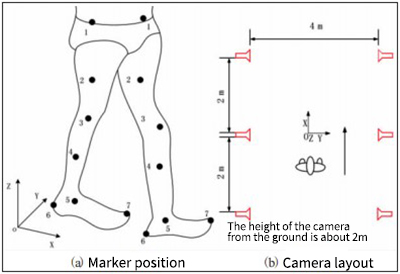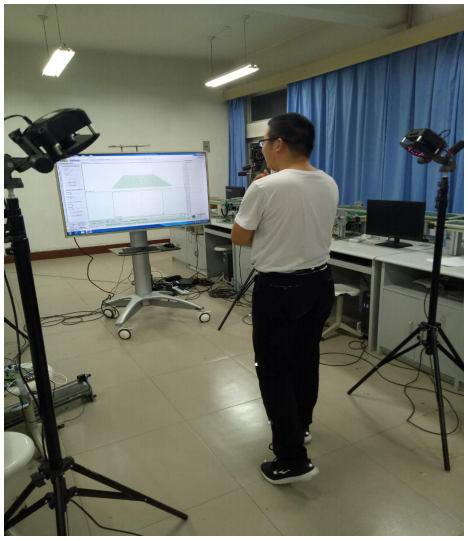With the development of robot, 3D animation, virtual reality and other industries, the research on the action of bio-inspired robot has already become an important hot topic. How to make robots or virtual characters make reasonable and fluent gestures? This involves the study of inverse kinematics algorithm.
Inverse kinematics: inverse kinematics is the process of determining the parameters of movable objects such as joints to be set when the target reaches the required posture. The design of inverse kinematics algorithm directly affects the motion analysis, motion control and trajectory planning of robot.
At present, the common inverse kinematics algorithms include algebraic method, geometric method and numerical method.
The human body is very complex, and the traditional algorithm needs to be optimized
Because the inverse kinematics problem of human body is very complex, the traditional algorithm generally faces two major problems: either the accuracy of the solution obtained after repeated iteration is not high; Or you can only get the parameters under specific conditions. How to obtain a more universal algorithm with more accurate results and faster process has become a hot topic for researchers.
Using motion capture, complex human body is transformed into joint model
The human body is so complex that researchers often regard it as several parts according to joints. Therefore, whether accurate and detailed motion data can be obtained and an accurate joint model can be established has become an essential foundation for research. Optical motion capture system has become the first choice for this kind of research because of its high accuracy, high real-time performance and free movement of the captured object.
In the research of inverse kinematics algorithm in School of Electronic Information, Zhongyuan Institute of Technology, researchers used NOKOV optical three-dimensional motion capture system to obtain lower limb motion data with accuracy of 1mm, and established an accurate joint model.

Schematic diagram of marker and motion capture lens arrangement at the experimental site
Schematic diagram of marker and motion capture lens arrangement at the experimental site
The motion capture system in the experiment is mainly composed of six NOKOV Mars 2H Cameras, marker distributed at the main joints of lower limbs, three-dimensional force measuring platform, positioning rods and correction rods. In an experimental environment of about 7M×5M, the motion capture system records the spatial coordinates of all mark points at a rate of 100 frames per second.

Experimental site of Zhongyuan Institute of Technology
After a specific algorithm, the acquired coordinate data can be established as a joint model of human body in motion. Researchers regard the lower limbs of human body as five local coordinate systems of hip joint, knee joint, ankle joint, thigh and calf, thus transforming the kinematics problem of human body into solving the motion equation of joint model.
Study the joint model to make the robot more agile
After establishing the joint model, the researchers combined the cyclic coordinate descent (CCD) algorithm and BFGS,calculated the joint rotation angle that can meet the actual motion requirements by using the human motion values captured by motion. The error threshold and average execution time are obviously superior to the traditional algorithm.
Optical motion capture system, based on its accuracy, real-time and flexibility, can provide strong support for the discipline research and industrial application in the field of bio-inspired robots, and help robots make breakthrough steps.
The user has published papers according to the experiment, which proves the effectiveness of the experiment.